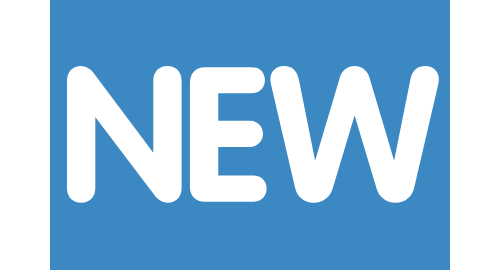By Angie Kalthoff
When I saw that Joan Freese was the lead presenter for Hero Elementary, I knew I had to check it out! I have long followed her work at TPT Twin Cities with SciGirls, a separate project. The project I’ve been most interested in is SciGirls Code: A National Connected Learning Model to Integrate Computing in STEM Learning with Middle School Girls, supported by the National Science Foundation’s STEM + Computing Partnerships Program. You may have read my post from last year on the STEM For ALL Video Showcase Featuring SciGirls Code. I knew I wanted to review this Presenters’ Choice award winning project called Hero Elementary.
Overview of the program
The video gives an introduction to Hero Elementary. Go watch it if you haven’t. Hero Elementary is described as an equity driven educational media initiative focused on improving school readiness on science and literacy in grades K-2. The design of the program includes aspects on Universal Design for Learning (UDL) and equity strategies. Kids engage in activities to promote a growth mindset and Social Emotional Learning (SEL) in a blended approach. They have real world hands-on learning plus digital and multimedia learning. It has 25 science-themed educational media collections, called “playlists,” which are ”aligned to NGSS. Resources provided to educators include:
- Animated stories
- Digital and analog games
- Non-fiction ebooks
- Hands-on science activities
- Digital Science Power Notebook
Hero Elementary has a target audience of kids in Latinx communities, English Language Learners, children with disabilities, and children from low-income households.The program “ignites children’s natural curiosity, broadens their understanding of how the world works, and empowers them to make a positive difference in their communities.” Their approach is child centered, equity focused, and asset based. As a constructivist inspired program, kids build their knowledge through active learning and reflection, which helps them make sense of their new learning experiences.
The goal of the program
Using formative research to aid in development, the project is working to transform learning and track progress with embedded learning analytics. Hero Elementary’s resources integrate science and literacy. The team identified similarities in the following English and science standards strands:
- Science and Engineering Practices: Utilize the skills, thinking, and language of Scientific Inquiry and Engineering Design.
- Literacy & English Language arts: Produce and receive communication in a variety of forms.
Through playful characters, kids learn about the “Superpowers of Science” by engaging in activities that encourage them to investigate, collect information, look for patterns, name the problem, make sense, explain, ask questions, compare, show what they know, and figure out a solution. Science educators will recognize these superpowers as the Science and Engineering practices, part of the NGSS. The program has a focus on literacy as well that appeals to many of the educators who have been involved in the development of this program. The program will debut for all this coming summer.
Educators involved with this program receive professional development training and free resources. Hero Elementary uses a train-the-trainer model with support from child-serving partners across the country, all of whom have a strong commitment to equity, interest in science education, and experience working with targeted student groups.
Using in practice
If you work in elementary education, you have probably experienced that the school day is full and planned out to the minute. I think the approach Hero School has taken – alignment to standards that schools are already implementing – is great.
Hero Elementary is broken into playlists. A playlist is a collection of content about a topic to inspire, empower, and deepen children’s science learning. Each playlist consists of the following resources: ebooks, hands on-activities, notebooks, videos, and digital games. While there are 25 playlists, educators can pick what works best in their classroom.
Through the research done on this project, the Hero Elementary team has found that kids are paying attention to the extent to which a character is relatable. CIRCL Educators feel that this topic deserves its own blog post. Watch for an upcoming post to read more about how kids are paying attention to character relatableness and why this matters for learning. In the meantime, check out how Hero Elementary can help bring fun science content and NGSS into your classroom.


